6 Important Food Sources for Native Birds During Cold Winter Months
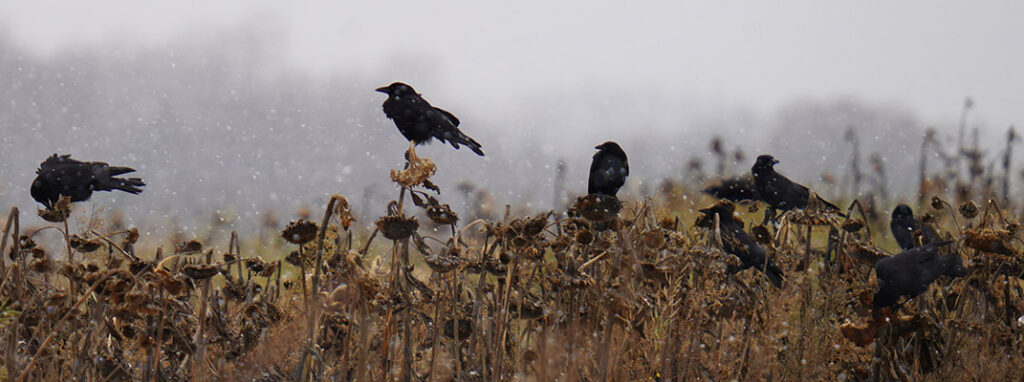
Winter presents serious challenges for native birds. As temperatures drop and snow covers the landscape, many of their natural food sources, like seeds, fruits, and insects, become scarce or inaccessible. For species that don’t migrate, the cold season can lead to energy deficits, weight loss, and higher mortality rates. If you’re interested in helping, this […]
How to Work with Your Land’s Natural Features for Better Water Management
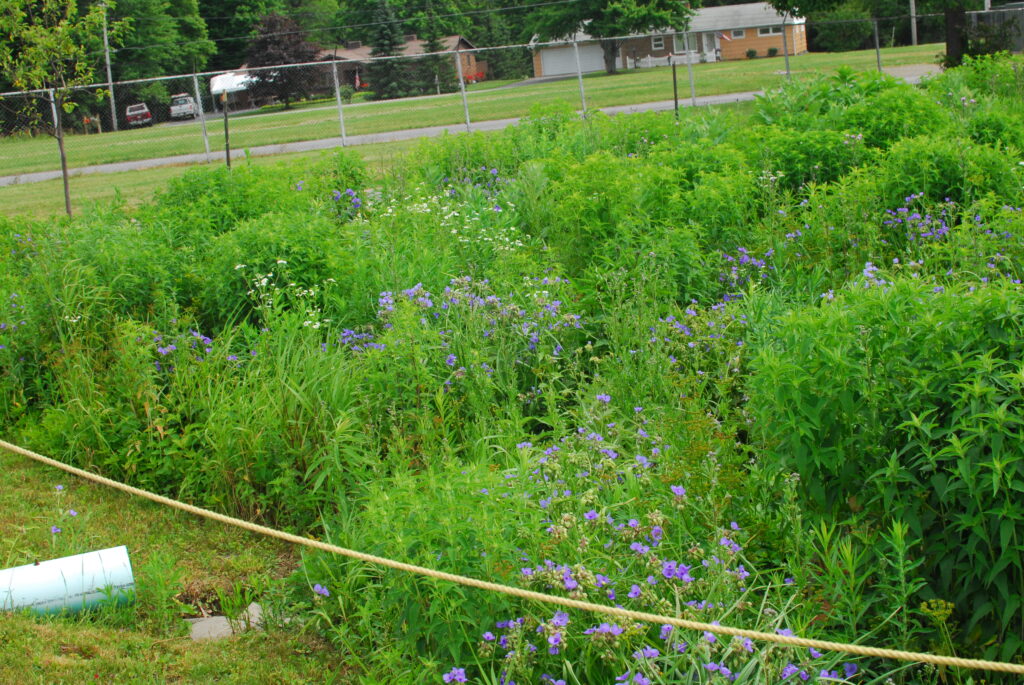
Water is one of your land’s most powerful resources. Managed well, it nourishes soils, supports native plants, and sustains pollinators. Managed poorly, it strips away topsoil, floods low areas, and washes nutrients downstream where they damage waterways. Understanding how water moves across your property, and how to guide that movement, is essential for healthier landscapes […]
Biodiversity at a Crossroads: How Homegrown National Park and Ernst Are Planting the Seeds of Change
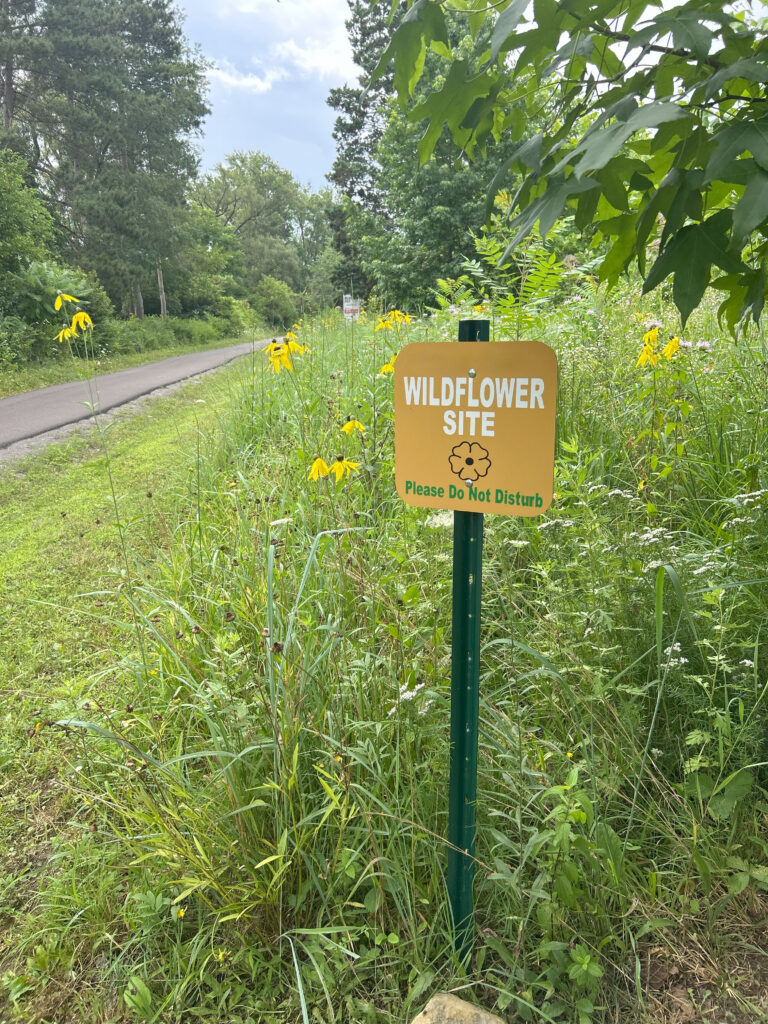
Biodiversity, the backbone of healthy ecosystems, is in crisis. From vanishing pollinators to collapsing food webs, the decline is accelerating at a pace that threatens both wildlife and human life. But there’s hope in a growing movement that empowers anyone to be part of the solution. In this blog, we’ll explore: It’s time to see […]
8 Flowers that Attract Beneficial Insects

If you want a garden, farm, or native meadow that thrives without constant chemical input, start by attracting the right insects. Pollinators like bees and butterflies are essential for seed and crop production, while natural pest predators such as parasitic wasps and hoverflies keep destructive bugs in check. The best way to bring these “good […]
Perennials that Support Pollinators Through the Seasons
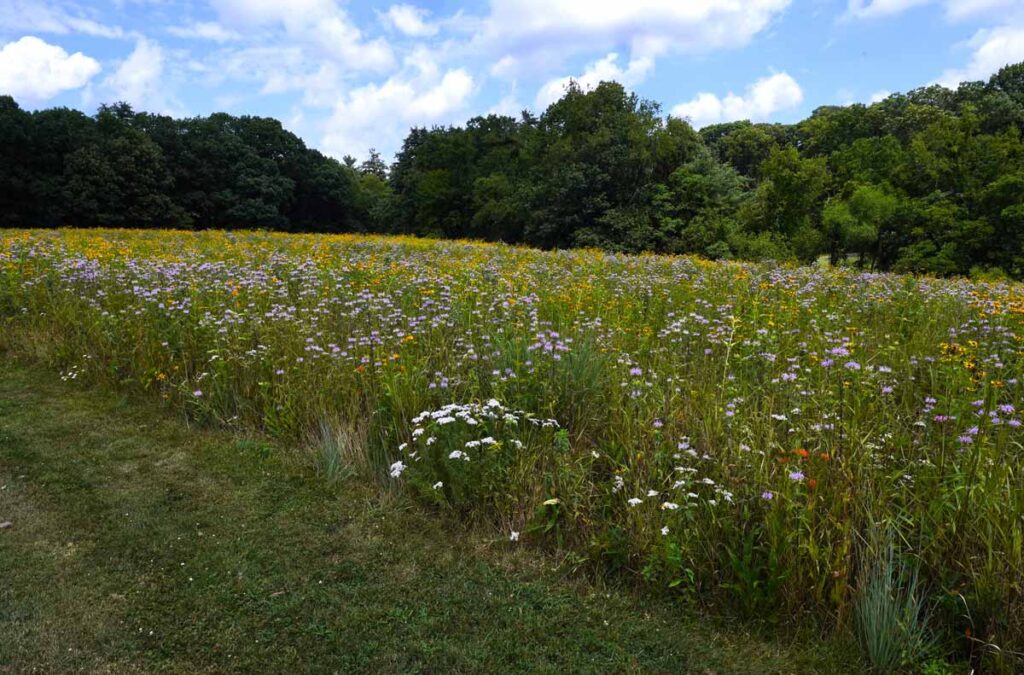
When it comes to supporting pollinators, the challenge is consistency. Many gardens and restoration sites overlook critical windows, particularly early spring and late fall, when food scarcity can disrupt breeding, migration, or overwintering success. Perennial pollinators are native plants that provide nectar and pollen year after year. These long-lived wildflowers offer reliable food sources for […]
How to Attract Pollinators with Your Landscaping
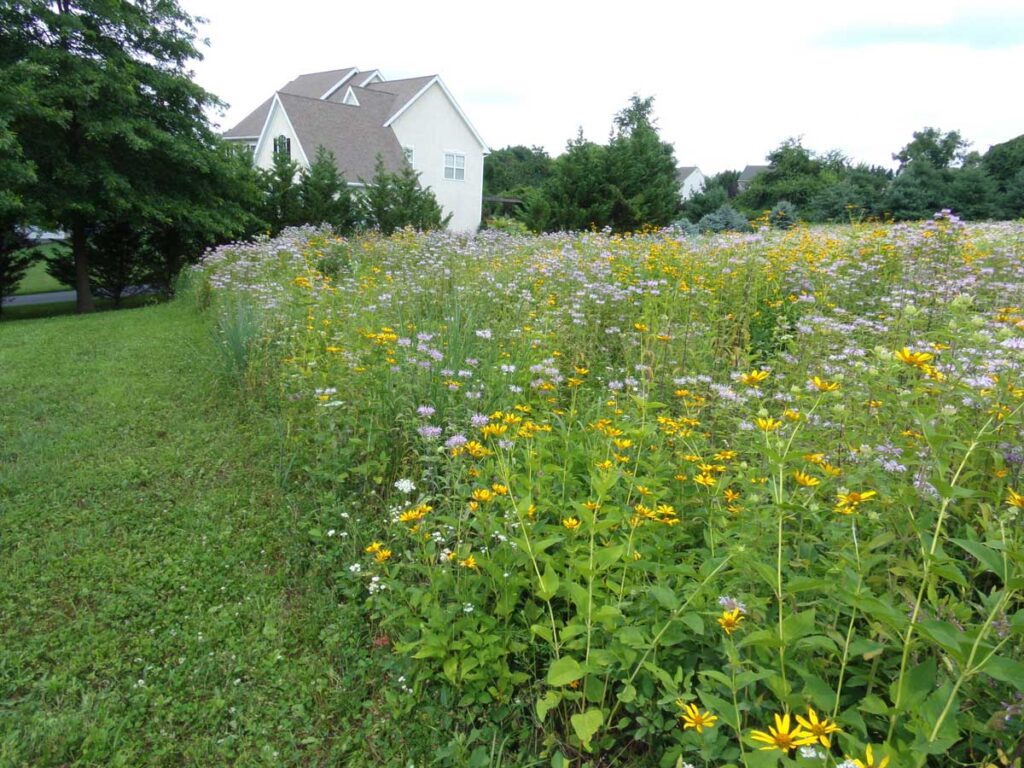
A garden full of beautiful wildflowers is a critical source of nutrition for pollinators, but it isn’t the only thing they need to thrive. Bees, butterflies, hummingbirds, and other beneficial insects also require nesting sites, shelter, and safe, pesticide-free spaces to feed and reproduce. If you’re serious about attracting pollinators, you’ll need a landscape designed […]
Switchgrass & Other Native Warm Season Grasses in Riparian Buffers
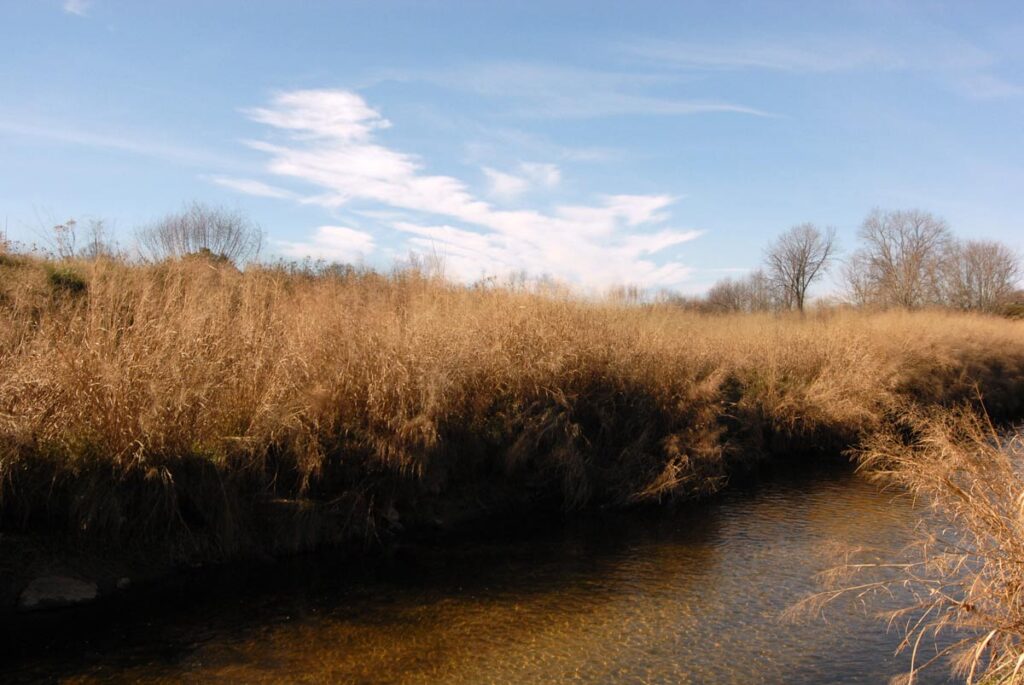
Riparian buffers are vegetated zones alongside rivers, streams, and other waterways. These natural formations play a critical role in safeguarding water quality, reducing erosion, and supporting biodiversity. When planted with native warm season grasses, these buffers become even more effective, thanks to the grasses’ deep root systems, nutrient uptake capabilities, and resilience in working landscapes. […]
Planting for Monarchs: How to Build a Butterfly-Friendly Garden

Monarch butterflies are one of North America’s most recognizable and beloved species, but their populations have declined sharply in recent decades. Habitat loss, pesticide use, and the spread of non-native plants have all played a role. Fortunately, gardeners, farmers, and landscape professionals in the Northeast can take direct, meaningful action to support monarch butterfly conservation […]
Why Native Vegetation Is the Secret Weapon of Smart Solar Projects
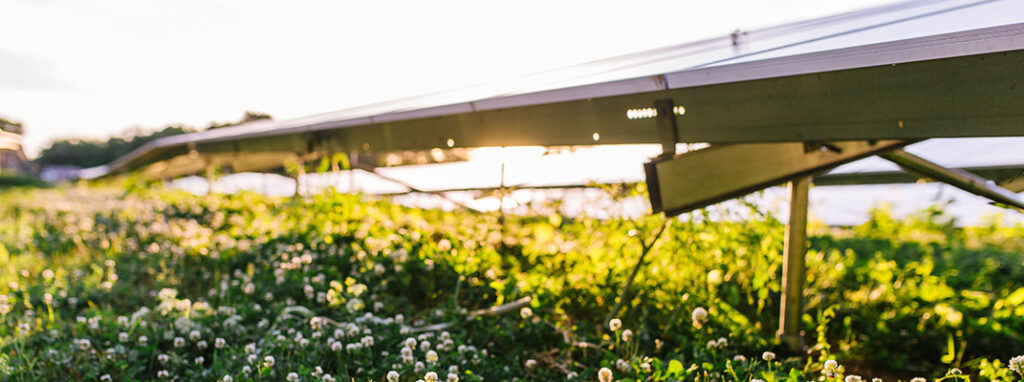
Solar farms are spreading fast across the United States, but what’s happening underneath the panels is just as important as the energy they produce. As millions of acres are converted to solar use, developers and landowners face a critical question: What should we plant on all that land? The answer could shape not just your […]
Bumblebee Conservation 101
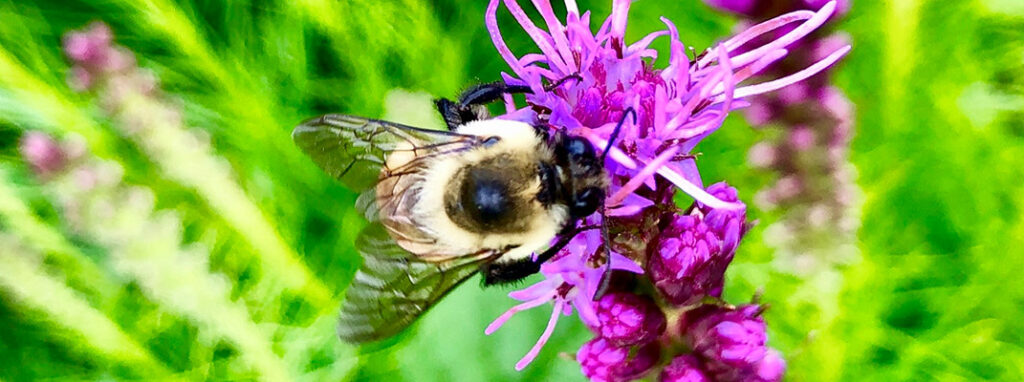
Bumblebees are more than just adorable garden visitors. Underneath the cute and fuzzy exterior lies an essential pollinator that helps sustain ecosystems, support food production, and maintain plant diversity. Yet across the Northeast and beyond, their numbers are falling fast. For landowners, growers, and conservation-minded citizens, understanding this crisis is the first step toward reversing […]
